When it comes to creating a sense of possibility, there’s not much in the gardening world that can compare to seeds. And, because they’re inexpensive, starting plants from seed is an economical way to experiment with unusual varieties.
Fair warning: The sweat equity of growing plants from seed will be much higher than purchasing plants at the nursery. And, this path should only be considered if you believe the time and effort are worth the reward. It will most likely be a self-guided journey as professional landscapers tend to prefer working with established plants to ensure more immediate impact, a certain level of quality, and lower risk.
Planting Seeds for Variety: How to Create a Garden with a Mix of Colors, Textures, and Flavors
Most commercial nurseries will sell plants that are most popular, easiest to grow and require the least maintenance. When this happens, variety dwindles and home gardeners have very few options in Genus (plant type) and even fewer options in species (variation).
From a business perspective, it makes sense. If nurseries decide to grow unusual varieties, they risk not getting a good return on their investment. For a real plant lover, this is an issue. Many may experience a sense of boredom when they visit their local nursery only to find plants they already have in their gardens.
One way to break free of the monotony is planting from seed. The first step is to get your hands on seed catalogs. There are so many companies to choose from, the decision making process can be overwhelming.
Seed Buying 101: Essential Tips for Choosing the Best Seeds for Your Garden
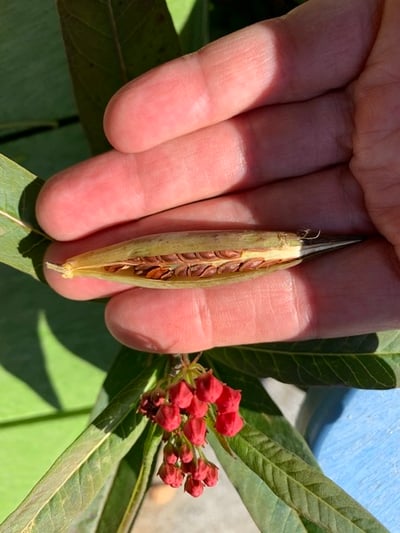 Finding a trusted seed company is essential to ensure you’re getting high-quality seeds. Seeds usually don’t start appearing in stores until early spring, but the best time to purchase seeds is in the winter. This is especially true if you’re searching for any specialty seeds or new varieties because they sell out quickly.
Finding a trusted seed company is essential to ensure you’re getting high-quality seeds. Seeds usually don’t start appearing in stores until early spring, but the best time to purchase seeds is in the winter. This is especially true if you’re searching for any specialty seeds or new varieties because they sell out quickly.
- A seed catalog is an intentional work of art. And, It’s easy to get swept up in its visual appeal. Before you get carried away, it’s always best to have a plan before shopping.
- Beware of companies boasting lower prices than others. Good deals may be a sign of lower quality seeds. If seeds are on sale, check the expiration date.
- Check for reviews and research the company’s history and farming practices. If you have any questions, call them. Most reputable seed companies are more than happy to help you make the right purchasing decisions.
- Consider companies that process their seeds using sustainable practices. Look for the following certifications: Non-GMO Project Verified, Safe Seed Pledge and Certified Organic.
Where to Find Quality Seeds for Your Garden
Whether you're looking for flowers, veggies, herbs, or specialty plants, here are a few great suppliers.
- Johnny’s selected seeds is a one stop shop for all your gardening needs. Browse their site for organic and heirloom veggie seeds, exclusive varieties and just about every gardening supply you can think of.
- Seed Savers Exchange has a huge seed bank of over 25,000 rare and heirloom varieties. While some of their heirloom seeds are now produced on a commercial scale, other varieties are still found only in backyard gardens.
- Fedco Seeds is a great source for cold-hardy selections especially adapted to our New England climate. Fedco offers a large selection of certified-organic cultivars and regional heirloom varieties.
- John Scheepers Kitchen Garden Seeds was founded in 1908, and features more than 800 varieties of flower, herb and vegetable seeds. If you have a favorite recipe, send it in for a chance to win a $25 gift certificate.
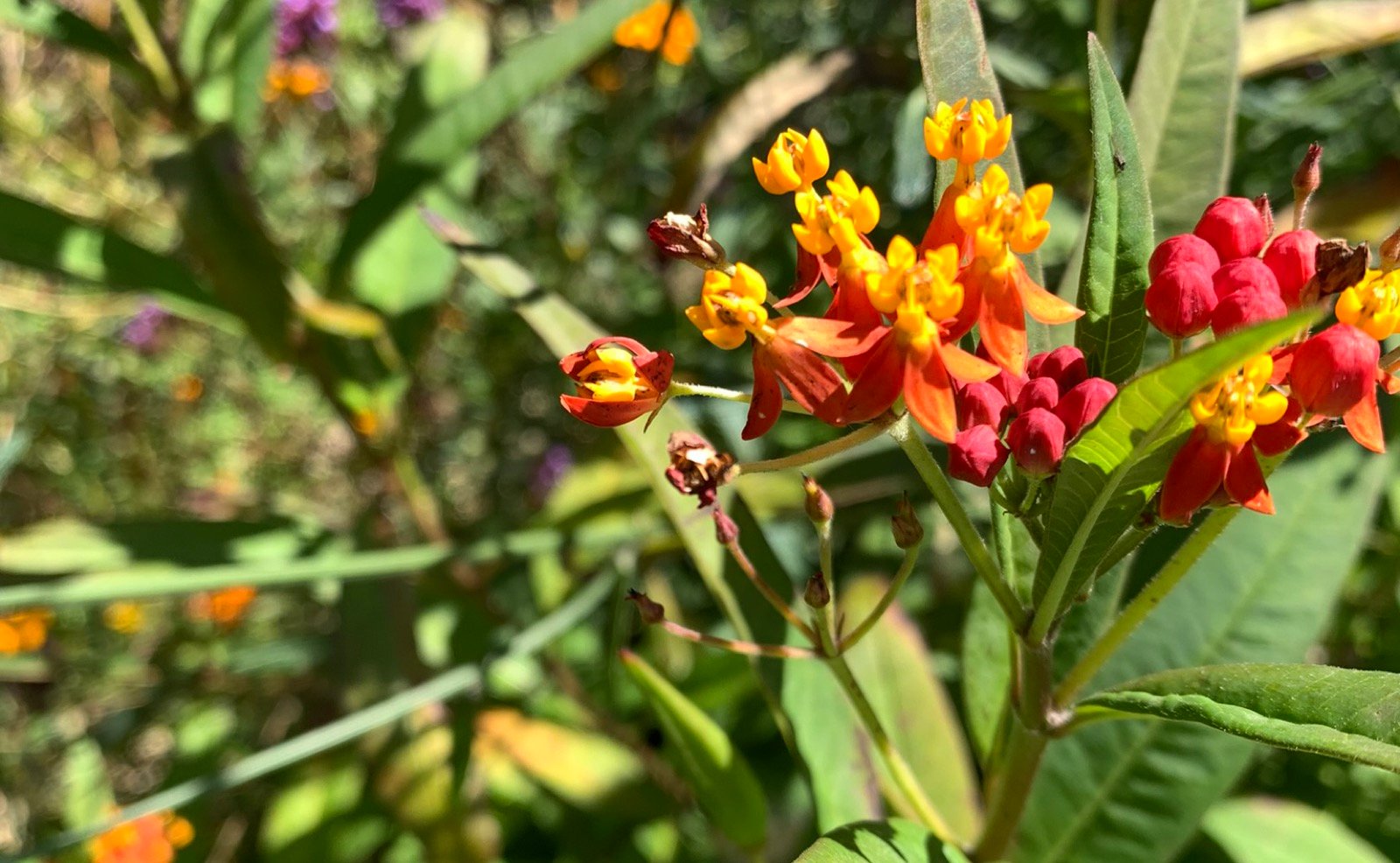
Plant Your Patience: A Warning About Cost, Space & Attrition
Planting from seed might save money, but be prepared for additional expenses. Remember to budget for seed trays, grow lights, seed start mix and fertilizer. And, all that equipment will require adequate space. If you don’t have the room, you will be limited in terms of how many seedlings you can grow.
There is a cycle of attrition when planting plants by seed. It’s a natural process of loss that will occur during the growth and development of seedlings. When starting seeds indoors or directly sowing them in the garden, not all seeds will successfully germinate or grow into healthy plants.
Some seeds may be planted too deeply or not receive adequate moisture, light, or nutrients, while others may fall prey to pests or disease. As seedlings continue to grow and mature, some may also struggle to compete with neighboring plants for resources and may ultimately fail to thrive or die off.
This attrition cycle can be challenging for gardeners, but it is a natural part of the growth process. When in doubt, it’s best to plant more than you think you’ll need. Best case scenario? You’ll have plants to give away to friends and family.
From Seed to Sprout: A Step-by-Step Guide to Starting Seeds Indoors
- Pick your pots. You can buy peat pots or use recycled containers like coffee cups. Investing in seed trays with humidity domes is smart. More on humidity in Step 4.
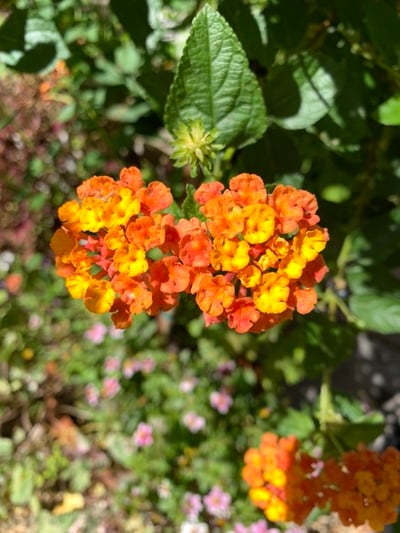 Prep seed start mix. Not to be confused with potting soil, seed start mix provides drainage and makes it easy for sprouts to push their way to the surface. Before filling your pots, add water to the mix. You want to make sure the mix isn’t sopping wet but not too dry. It should stick together when you hold it in your hand. Firmly pack your pots within a quarter inch of the top.
Prep seed start mix. Not to be confused with potting soil, seed start mix provides drainage and makes it easy for sprouts to push their way to the surface. Before filling your pots, add water to the mix. You want to make sure the mix isn’t sopping wet but not too dry. It should stick together when you hold it in your hand. Firmly pack your pots within a quarter inch of the top.
- Plant. Read each seed packet for instructions on planting depth.
- Cover and seal your seed tray. Place your pots inside the tray and cover them with a humidity dome. This will aid in the germination process. Place the tray in a warm location that receives indirect sunlight. Always check your seed packets because some seeds only germinate in darkness. Once sprouts appear, remove them from underneath the humidity dome and place them under a grow light.
- Water. Check the seed starting mix everyday to make sure it doesn’t dry out. If it appears dry, place the pots in a tray of water rather than watering from above as this may destroy the tiny sprouts. Watering from the bottom also encourages strong root development.
- Caring for your seedlings. The seed starting mix should remain moist but not waterlogged. Begin fertilizing seedlings once their second sets of leaves are formed. Dilute the fertilizer to one quarter the recommended dosage with water. Place the pots in a tray filled with the solution so the seedlings soak up the nutrients from their roots.
- Harden off your seedlings. Seedlings are extremely delicate and need to be gradually exposed to the outdoors. About two weeks before you plan on transplanting your seedlings, place them outside in a sunny spot safe from wind. Increase exposure time by an hour each day.
- Transplant. Plant your seedlings outside after the threat of frost has passed. Read your seed packet for spacing instructions.
Sowing Seeds of Success: Directly Planting Seeds in Your Garden
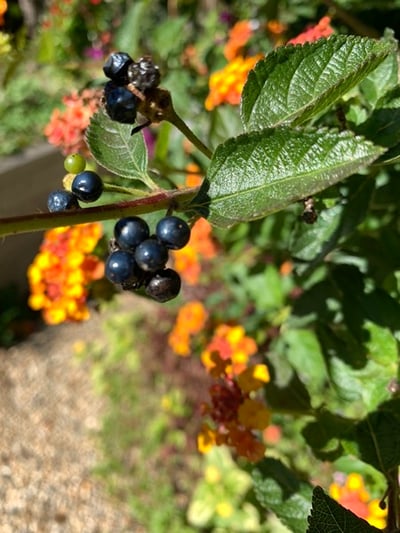 The decision to start some seeds indoors and direct sow others outside depends on several factors, including the plant species, the climate, and the desired harvest time. Some plants, such as tomatoes and peppers, require a longer growing season and may not have enough time to mature from seed to harvest if they are directly sown outside.
The decision to start some seeds indoors and direct sow others outside depends on several factors, including the plant species, the climate, and the desired harvest time. Some plants, such as tomatoes and peppers, require a longer growing season and may not have enough time to mature from seed to harvest if they are directly sown outside.
Starting these plants indoors and transplanting them into the garden once the weather warms up can give them a head start and increase the chances of a successful harvest. On the other hand, some plants, such as beans and zinnias, are hardy and fast-growing and can be directly sown outside without the need for indoor starting. Carrot seeds are typically directly sown outside because they do not transplant well due to their delicate and sensitive root systems.
In addition, some gardeners prefer to direct sow seeds to avoid the time and effort required for indoor starting, while others enjoy the process of starting seeds indoors and watching them grow.
Ultimately, the decision to start seeds indoors or direct sow outside depends on growing conditions and preferences.
Why Letting Nature Take Its Course Can Be a Gardener's Dream
A volunteer plant is a plant that grows from a seed that was not intentionally planted but instead grew naturally, often from seeds that have dropped from a plant in a previous growing season.
Volunteer plants are considered "volunteers" because they pop up on their own without any effort from the gardener. While some volunteer plants can be considered weeds, many can be a welcome addition to the garden and provide an opportunity for gardeners to enjoy unexpected and unique plant growth.
Two examples are tomatoes and Verbena Bonariensis. For instance if a tomato falls on the ground and it rots there, those seeds will “hibernate” until it’s a perfect time to germinate. And, soon you will have baby tomato plants. You may have six tomato plants all bunched together and that’s not going to work. So you’ll have to dig them up and spread them out.
Verbena Bonariensis is a beautiful annual with purple flowers that grows up nice and tall. The bees and butterflies absolutely love it and it will re-seed prolifically; you'll never have to buy it again.
Overall, volunteer plants can help you save money on your gardening expenses while providing a bountiful harvest of fruits, vegetables or flowers.
In summary, planting from seed is not for the faint of heart. Think long and hard about whether the pros outweigh the cons. Your decision will be a matter of preference and personal goals. It’s a lot of work, and the last thing you want to do is do it begrudgingly. If you do decide to embark on the seed starting journey, try to keep it light and fun.
If you are interested in regenerative gardening, please download our eBook: How Regenerative Gardening will help Fight Climate Change.

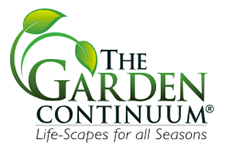
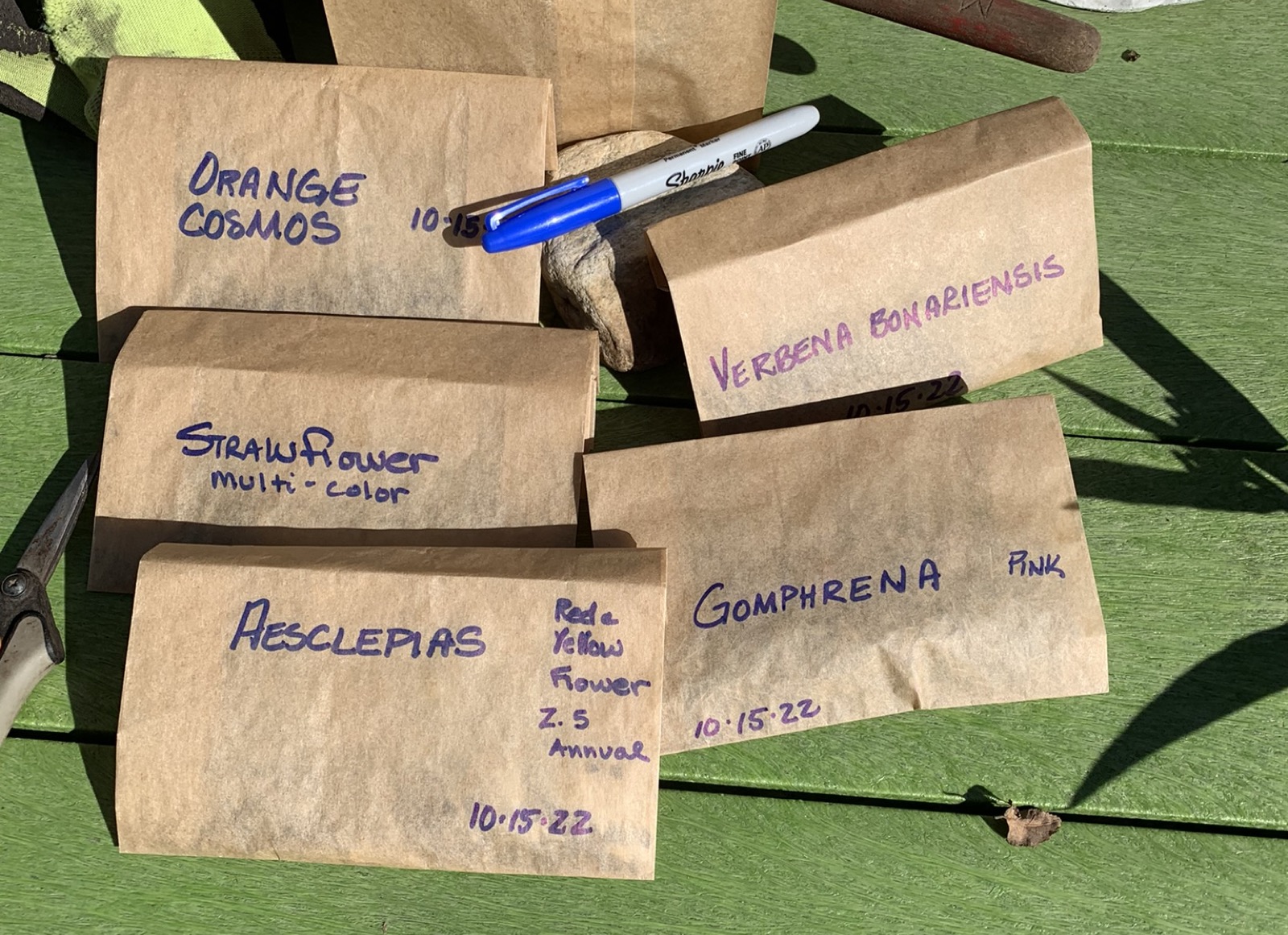
 Finding a trusted seed company is essential to ensure you’re getting high-quality seeds. Seeds usually don’t start appearing in stores until early spring, but the best time to purchase seeds is in the winter. This is especially true if you’re searching for any specialty seeds or new varieties because they sell out quickly.
Finding a trusted seed company is essential to ensure you’re getting high-quality seeds. Seeds usually don’t start appearing in stores until early spring, but the best time to purchase seeds is in the winter. This is especially true if you’re searching for any specialty seeds or new varieties because they sell out quickly.
 Prep seed start mix. Not to be confused with potting soil, seed start mix provides drainage and makes it easy for sprouts to push their way to the surface. Before filling your pots, add water to the mix. You want to make sure the mix isn’t sopping wet but not too dry. It should stick together when you hold it in your hand. Firmly pack your pots within a quarter inch of the top.
Prep seed start mix. Not to be confused with potting soil, seed start mix provides drainage and makes it easy for sprouts to push their way to the surface. Before filling your pots, add water to the mix. You want to make sure the mix isn’t sopping wet but not too dry. It should stick together when you hold it in your hand. Firmly pack your pots within a quarter inch of the top. The decision to start some seeds indoors and direct sow others outside depends on several factors, including the plant species, the climate, and the desired harvest time. Some plants, such as tomatoes and peppers, require a longer growing season and may not have enough time to mature from seed to harvest if they are directly sown outside.
The decision to start some seeds indoors and direct sow others outside depends on several factors, including the plant species, the climate, and the desired harvest time. Some plants, such as tomatoes and peppers, require a longer growing season and may not have enough time to mature from seed to harvest if they are directly sown outside. 
Leave a comment